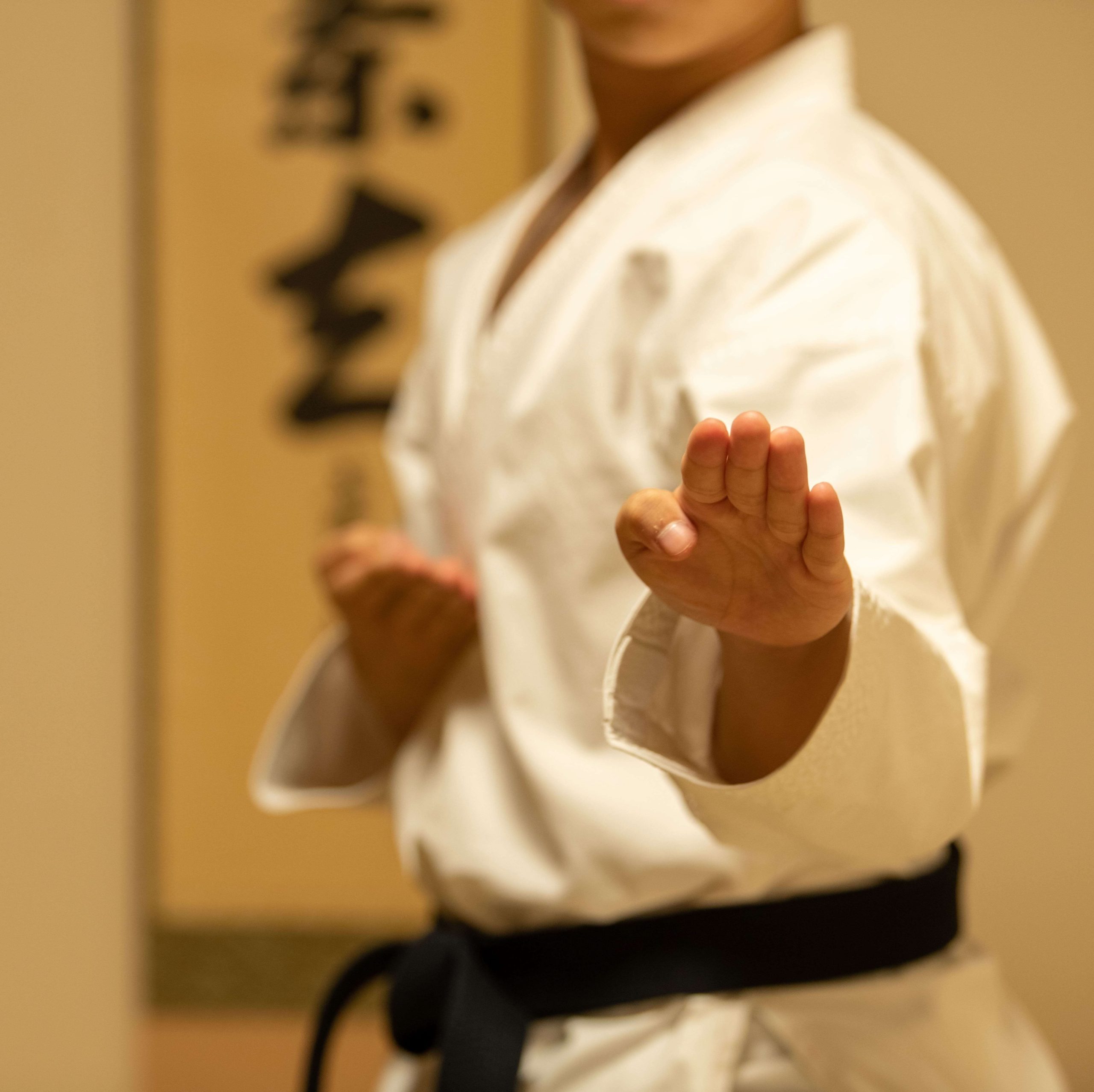Japan Karate
Introduction to Karate
Karate, a martial art with roots in Okinawa, Japan, has evolved into a globally recognized discipline. It emphasizes striking techniques such as punches, kicks, knee strikes, and open-hand techniques. The term “karate” translates to “empty hand,” reflecting its focus on self-defense without weapons.
Historical Background
Karate’s origins can be traced back to ancient China, where it influenced the development of Okinawan martial arts. In the early 20th century, karate made its way to mainland Japan, thanks largely to figures like Gichin Funakoshi, who is often regarded as the father of modern karate. He emphasized its philosophical aspects and sought to integrate it into the Japanese educational system.

Styles of Karate
There are several styles of karate, each with its own techniques and philosophies. Some of the most prominent styles include:
- Shotokan: Known for its deep stances and powerful strikes, Shotokan emphasizes discipline and kata (forms).
- Goju-Ryu: This style combines hard and soft techniques, focusing on both striking and grappling.
- Shito-Ryu: A blend of Shuri-te and Naha-te styles, Shito-Ryu features a wide variety of kata and techniques.
Philosophy and Principles
Karate is not just a physical discipline; it embodies a philosophy that promotes respect, humility, and self-discipline. Practitioners often engage in rigorous training, which fosters mental strength and focus. The dojo, or training hall, serves as a space for personal growth, where students learn to overcome challenges and improve their character.
Training and Practice
Training in karate involves several components:
- Kata: Pre-arranged forms that simulate combat scenarios, helping practitioners develop precision and technique.
- Kumite: Sparring practice that allows students to apply their techniques against an opponent in a controlled environment.
- Kihon: Basic techniques that form the foundation of karate, including stances, strikes, and blocks.
Karate Competitions
Karate has gained popularity in competitive sports, with events ranging from local tournaments to international championships. The World Karate Federation (WKF) oversees many of these competitions, including the Olympic Games, where karate made its debut in 2021.
Cultural Impact
Karate has had a significant cultural impact in Japan and worldwide. It is often depicted in films, literature, and popular media, inspiring countless individuals to take up the practice. Moreover, the values inherent in karate training resonate with broader cultural themes of perseverance and respect.
Conclusion
Karate in Japan is a rich and dynamic tradition that transcends mere physical combat. It embodies a holistic approach to self-improvement, discipline, and respect for others. Whether one practices karate for sport, self-defense, or personal growth, its principles can lead to a deeper understanding of oneself and a greater connection to the world around us.
